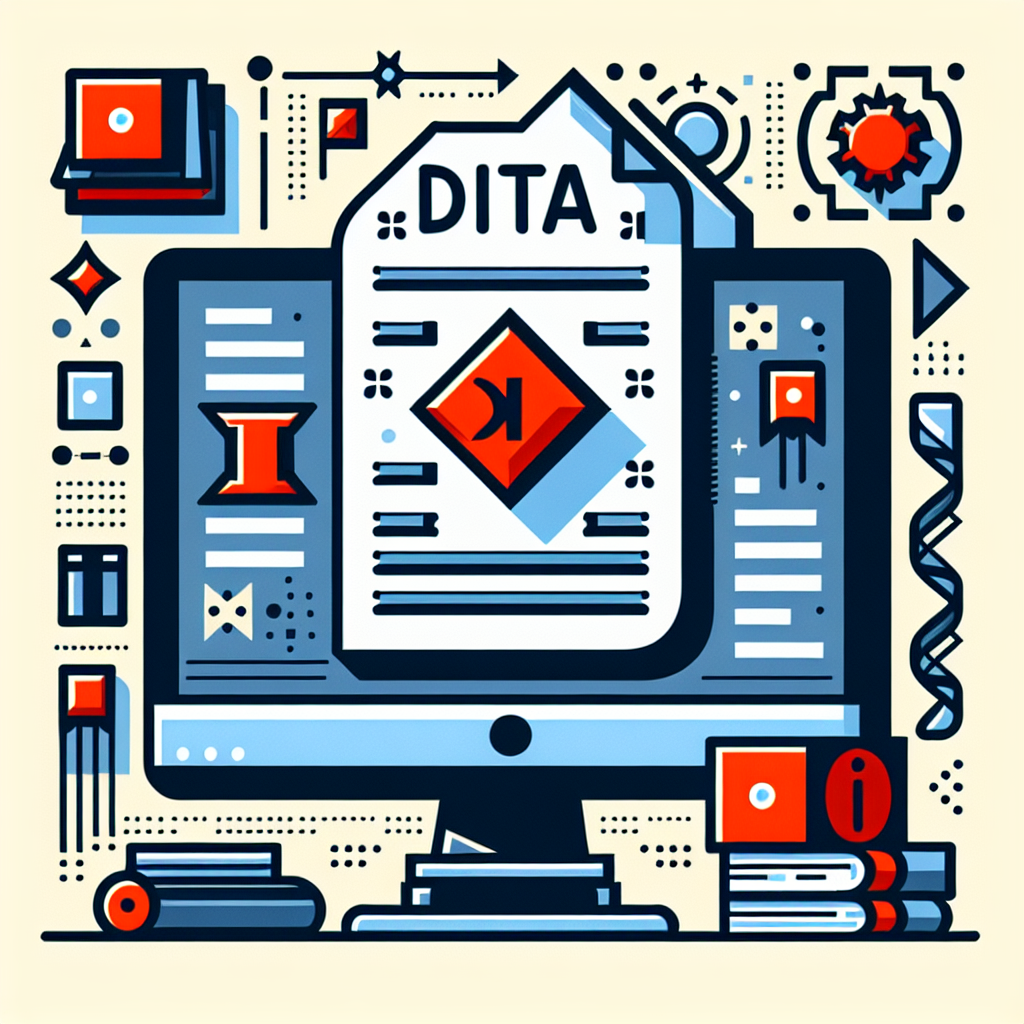
In the realm of technical writing, effective documentation is becoming increasingly vital as organizations strive to communicate information clearly and efficiently. The Darwin Information Typing Architecture (DITA) has established itself as a leading standard for managing large-scale documentation projects. Despite its advantages, many writers find it challenging to fully utilize DITA’s capabilities. This article outlines essential strategies to enhance documentation processes, improve productivity, and maintain high-quality standards.
Embrace Content Reusability
A key benefit of DITA is its support for content reusability. Rather than rewriting similar information across different documents, writers can create reusable topics. One effective strategy is to establish topic repositories that organize frequently used content—such as FAQs, procedures, and definitions—into dedicated topics. By using key references (keyrefs), writers can easily link these topics throughout their documentation, saving time and ensuring consistency.
Leverage Maps for Enhanced Organization
DITA maps are crucial for structuring documentation effectively. They improve navigation and help manage projects more systematically. To maximize the utility of maps, consider creating modular maps that divide projects into functional areas or subject matter. This approach prevents clutter and simplifies updates. Additionally, implementing nested maps allows for a clear hierarchy, keeping related topics grouped logically.
Another valuable strategy involves tailoring output through topic specialization. DITA enables the creation of custom content types without sacrificing the benefits of its ecosystem. By extending existing DITA elements with additional attributes, writers can maintain a consistent documentation style while accommodating specific requirements. Specializing topics based on output formats, such as HTML or PDF, streamlines formatting and presentation.
Automate Processes with DITA-OT Plugins
The DITA Open Toolkit (DITA-OT) significantly enhances productivity by automating the publishing process. Utilizing automated build scripts reduces manual tasks and minimizes errors. Custom output profiles can also be created to streamline the generation of various formats for different audiences, making it easier to manage diverse documentation needs.
Implement Conditional Processing for Flexibility
Conditional processing offers the ability to tailor content based on context, audience, or output format. Writers can employ attributes such as @outputclass or @cond to control the visibility of specific content. This flexibility proves beneficial when creating documentation for various products or versions. Furthermore, leveraging DITA-OT’s filtering capabilities allows for the generation of targeted documentation, enabling writers to create user guides, installation manuals, or API references from a single source.
Optimize Collaboration Through Version Control
Version control is essential in collaborative documentation projects. Employing tools like Git provides a robust framework for multiple authors to work simultaneously on documentation, minimizing the risk of overwrite issues and maintaining a historical record of changes. Establishing a clear branching strategy allows teams to separate feature development, releases, and maintenance, thereby improving collaboration without disrupting ongoing work.
Enhance Quality with Best Practices
Implementing DITA best practices can significantly enhance the consistency and quality of documentation. Developing a glossary of common terms ensures terminology uniformity across documents. Incorporating a peer review process encourages feedback, helping to identify errors and improve the overall quality of the documentation.
Utilize DITA Content Management Systems (CMS)
Adopting a DITA content management system can further streamline documentation workflows. Many DITA CMS platforms offer integrated authoring environments that simplify topic creation and editing. Features like drag-and-drop functionality and real-time collaboration can greatly enhance the writing experience. Additionally, a well-designed DITA CMS will manage version control and facilitate the publishing of multiple outputs, ensuring that updates and changes are easily tracked.
By implementing these essential strategies, technical writers can significantly streamline their documentation processes, reduce redundancy, and improve content quality. DITA is a powerful tool that, when fully utilized, enhances not only the efficiency of documentation efforts but also the overall user experience. Whether a seasoned DITA user or new to the system, these approaches will help create a more effective and enjoyable documentation workflow.







